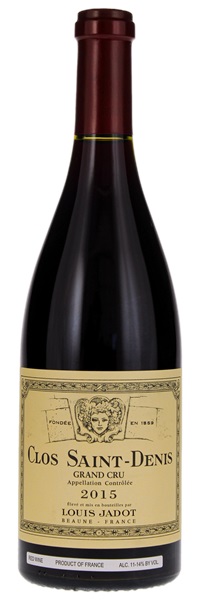
Image above is an example. To view the image of the lot, click the item number.
Estimate
Vibrant aromas of raspberry, red licorice and pungent pepper are lifted by an exhilarating topnote...very intense, penetrating flavors of raspberry, dried rose, spices and herbs...
Lively bitter cherry fruit on the nose. Very sweet start and bracing fruit with tannins...